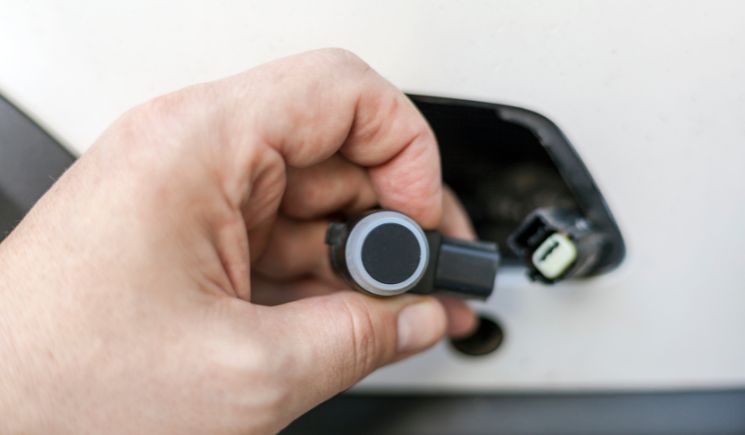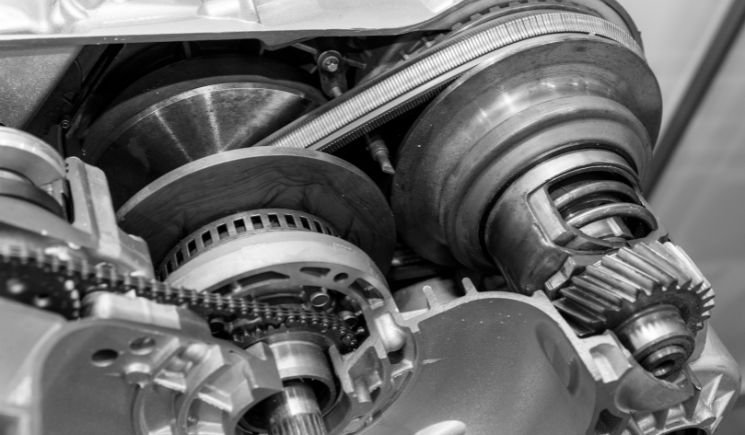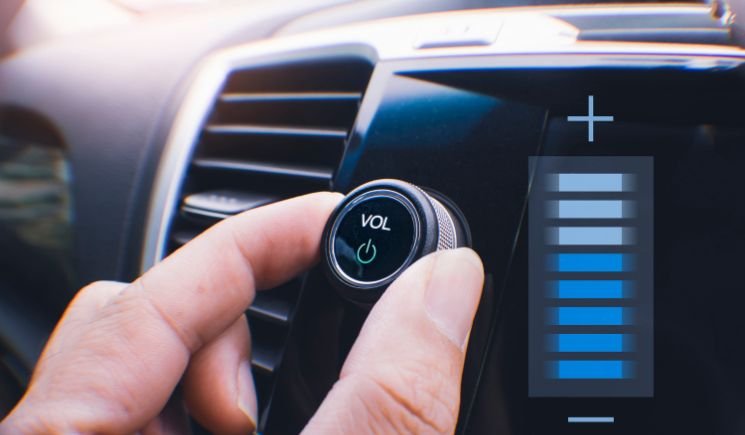Nissan Titan Fuel Pump Reset: Follow This Simple Procedure

Have trouble on starting your Nissan Titan? A faulty fuel pump could be the reason for this issue. Resetting the fuel pump is a simple procedure that can often get your vehicle to back up and have a smooth run again.
The fuel pump on Nissan Titans delivers fuel from the gas tank to the engine. Over time, the pump can lose its prime or fail by leading to stability issues. Fortunately, you can reset the fuel pump and restore regular operations in just a few quick steps.
In this article, we’ll walk through the straightforward process of resetting the fuel pump on a Nissan Titan. All you need is the vehicle itself and a few essential tools. We’ll cover how to access the pump, perform the reset procedure, and test to ensure whether it works or not.
I’m sure that this simple reset procedure can save your time, money, and frustration in the long run.
Table of Contents
Steps For Resetting The Fuel Pump On A Nissan Titan
1. Locate the Fuel Pump Fuse
- The fuel pump fuse is under the driver’s side dash in the interior box. Remove the panel that covers the fuse box.
- Check the fuse diagram on the fuse panel lid to identify the fuel pump fuse. It will likely be a 20A or 25A fuse.
2. Remove the Fuel Pump Fuse
- With the fuse panel cover removed, locate the fuel pump fuse.
- Remove the fuse from the fuse slot by pulling it straight out. This will cut power from the fuel pump.
3. Turn the Ignition On
- Enter the vehicle’s cabin and insert the key into the ignition.
- Turn the key to the “On” position, but do not start the engine. This will pressurize the fuel system.
4. Wait 10 Seconds
- Leave the key in the “On” position for approximately 10 seconds. This allows time for the fuel system to pressurize.
5. Turn the Ignition Off
- After 10 seconds, turn the key back to the “Off” position.
6. Reinstall the Fuel Pump Fuse
- With the ignition still off, reinsert the fuel pump fuse into its slot in the fuse panel.
7. Attempt to Start the Engine
- With the fuse replaced, turn the key to the “Start or On” position and attempt to start the engine.
8. Verify the Fuel Pump is Running
- If the engine turns over but it does not start, the fuel pump prime may still need some restoration.
- Turn the key to “On” and listen to the rear fuel tank for a humming or buzzing sound of the pump. This is to ensure whether the fuel pump is running or not.
9. Repeat the Process if Needed
- If the fuel pump is still not running, repeat the key cycling procedure by turning the ignition on for 10 seconds and then off again.
10. Let the Vehicle Run
- Once the engine starts, let it run for several minutes to push any air from the fuel system.
Note: Ensure the pump is running before attempting to drive the vehicle.
FAQs About Nissan Titan Fuel Pump Reset
Q: Why does the Nissan Titan fuel pump need to be reset?
A: The fuel pump may need to reset if the vehicle has difficulty on starting issues. Resetting it essentially re-primes the pump and can restore normal fuel pressure and delivery.
Q: How can I tell if the fuel pump is the problem?
A: Symptoms of fuel pump failure or malfunction include long cranking before starting, stalling or sputtering during driving, lack of power, and an inability to start after the tank has run low. You may also hear the pump running continuously or a whining noise from the rear tank area.
Q: Do I need tools or supplies to reset the fuel pump?
A: No special tools are required. All you need is the vehicle’s key to cycle the ignition. A small fuse puller tool can make removing the fuse easier, but needle-nose pliers will also work.
Q: Is it safe to drive the Nissan Titan after a fuel pump reset?
A: Yes, it is generally safe to drive after properly resetting the fuel pump as long as the engine starts and runs.






